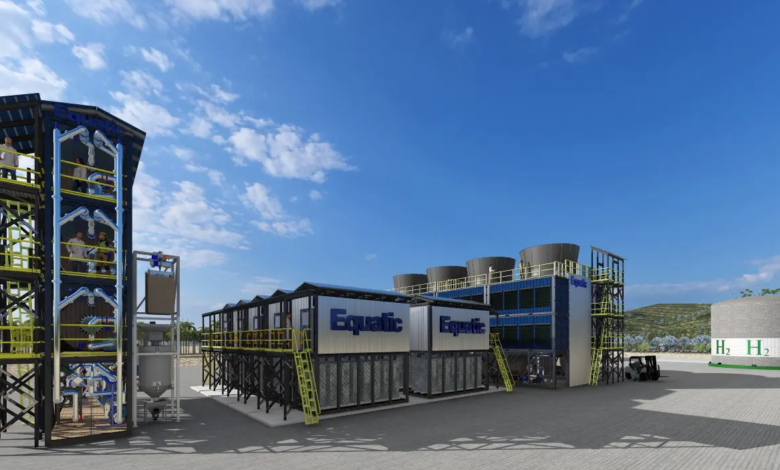World’s largest ocean-based carbon removal plant facility in Singapore

From 2025 will be able to seize 110 thousand tons of CO2 from the ocean per year
(sustainabilityenvironment.com) – After a year of testing is ready to go into operation the world’s largest ocean-based carbon removal plant. It will start at the end of 2024 and once fully operational, at the beginning of 2025, it will be able to seize 110 thousand tons of CO2 from the ocean, the equivalent of emissions generated each year by about 25 thousand people. And it will trap them in solid limestone, ensuring they don’t re-enter the atmosphere for at least 10,000 years.
This is the goal of Equatic-1, the $20 million plant combined with a desalinator from the Singapore National Water Agency (PUB) that uses technology from the US startup Equatic for direct Carbon removal from the ocean. Draft of the first test on a commercial scale after the positive outcome of the two pilot plants, one near the same site and the other installed in the port of Los Angeles from April 2023.
Carbon removal plant from the Equatic-1 ocean
How does the process of direct capture of CO2 from the Equatic Ocean work? Seawater is pumped into the desalination plant where it is separated into hydrogen and oxygen by electrolysis. Dissolved and captured CO2 is then combined with minerals already present in seawater, calcium and magnesium, thus producing solid limestone inside which CO2 is trapped. That can stay in that state for at least 10,000 years. The process mimics what leads to the formation of shells.
And by subtracting CO2 from seawater, it increases its absorption capacity from the atmosphere, improving the performance of the ocean as a carbon sink and the essential buffer function against global warming. The oceans today absorb about 25% of the excess CO2 present in the atmosphere due to human activities.
The solid limestone obtained can then be returned to the ocean or – subject to feasibility tests to evaluate its physical characteristics – be used as a building material. But limestone is not the only by-product of this process. From the ocean-based carbon removal plant also obtained hydrogen – in the Singapore plant will be about 300 kg per day. Which can be used both to power the desalination plant itself and in other industrial applications.
“This plant represents the next major step towards the removal of carbon dioxide on a global scale and at a competitive price,” says Equatic consultant Lorenzo Corsini. “We are on track to provide a replicable and easy-to-produce electrochemical reactor, the beating heart of our CDR technology, which will bring removal costs below the industrial target of $100 per ton well before 2030″.





